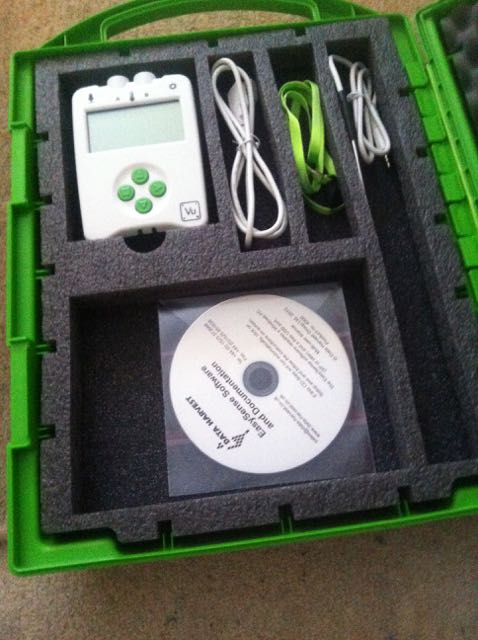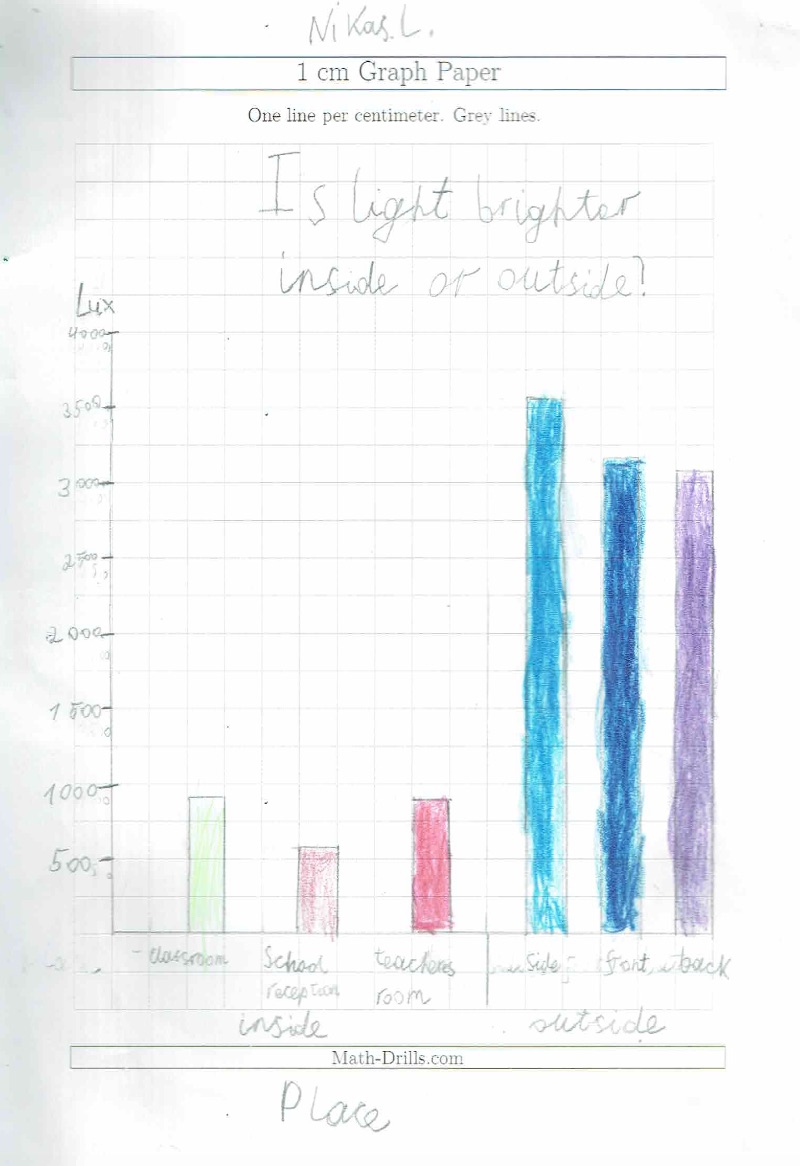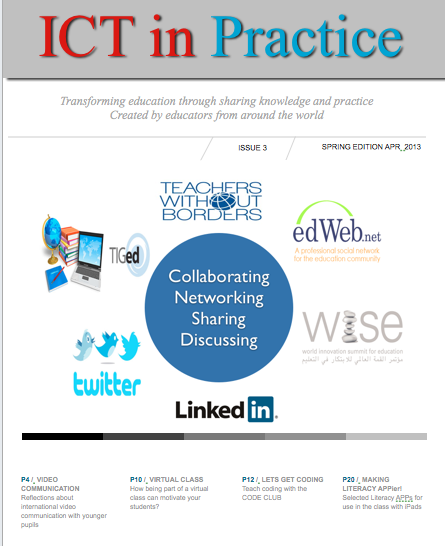by Maggie Morrissey @technologytotea
 Welcome to my first article and I will start with a brief introduction. I am an experienced primary science and technology coordinator and have been managing these subjects in a variety of schools over the past 18 years in primary schools in London and Moscow. With each issue I aim to bring you a variety of teaching and resource ideas on incorporating technology into the curriculum.
Welcome to my first article and I will start with a brief introduction. I am an experienced primary science and technology coordinator and have been managing these subjects in a variety of schools over the past 18 years in primary schools in London and Moscow. With each issue I aim to bring you a variety of teaching and resource ideas on incorporating technology into the curriculum.
I have just returned from running a workshop on using data-logging in KS1 and KS2 at the ASE 2017 annual conference http://www.ase.org.uk/conferences/annual-conference/ Therefore, I thought this resource would be a good starting point for this column.
Early on in my career I became interested in using data-loggers in primary science, as I believe if used well they enhance learning and bring science to life for children. Earlier data loggers were a bit clunky but today’s models are much easier to use. Approximately two years ago I purchased the VU Easy Sense from Data Harvest and I have been delighted with how easy it is to use.
The unit comes in its own easy to see green case that includes the Data Logger with three sensors incorporated into the unit, these measure temperature, light and sound. There is also one plug-in temperature sensor, a USB lead and a lanyard with a safety release catch.
 My unit came with a CD containing the software and teaching ideas, but you can also download these from the website. More information and price list here.
My unit came with a CD containing the software and teaching ideas, but you can also download these from the website. More information and price list here.
http://www.data-harvest.co.uk/catalogue/science/primary/datalogging/primary-vu-data-logger/2300PK
Once you have purchased the main unit you can then go on to buy additional sensors at quite reasonable costs. I have the pulse meter, extra temperature probes and two light gates. I have as yet only used the pulse meter and temperature probes in class. The sensors fit in easily to input A and B and the unit will automatically recognise which sensor has been added.
VU Easy Sense – basic features and collecting data
Diagram from the VU User Guide

From the VU User Guide
The unit can record whilst connected to your computer or take the unit outside and take data remotely. When you return to the class the data is easily transferable via the USB cable.
Whilst away from the computer the data can be collected in a variety of ways:
- Using meter mode the unit will display readings on its LCD screen and they are not stored. I often use this to test out the readings to see if they appear correct before we go ahead and start collecting any data.
- When storing data, the menu has these options, pictogram, easylog, snapshot, timing and counting. I have mainly used the snapshot mode when working with the children but I like the idea that data is collected in pictogram format that can then be used with children in KS1.
Full instructions are freely available on the company’s website and their customer care service is excellent should you run in to any problems. One word of caution is to make sure when you start logging that the range is correct. The above diagram shows what they should be.
Educational Benefits
Over the years I have observed children using this equipment and have noticed that they take their science work far more seriously. They become aware of the need to take accurate measurements when conducting investigations and appear to really consider what type of question they really want to answer. Furthermore, they also appear to be able to interpret certain graphs earlier than would be expected. I was pleasantly surprised when I noticed how quickly year four children understood line graphs once they had seen one being produced in real time (We were investigating the temperature of boiling water).
Further Benefits
- Develop children’s higher order thinking skills
- Encourage their science argumentation skills
- Children work like real scientists
- Inquiry based learning
- Develop other skills such as numeracy and literacy
- Works well with EAL students
- Links the computing and science curriculum
Classroom Ideas
The company provides a PDF file with many lesson ideas that are incredibly useful when you first start using this product. Once you build your confidence with using the equipment I highly recommend that you get your class to design their own investigations and questions that they want answered, it is when the children and yourself get to this confidence level you really start to see some quite lovely work.
Using this data logging alongside Concept Cartoons and other good investigation starters such as photographs and videos, you will surely start to see quite sophisticated thinking.
 Whole class investigations are very useful at the start as you teach the children and other adults in the classroom how the equipment works. Later on you can move into small groups investigating their own questions. Do let children work with other teaching staff; I have had some excellent work completed by a small group who were accompanied by my teaching assistant.
Whole class investigations are very useful at the start as you teach the children and other adults in the classroom how the equipment works. Later on you can move into small groups investigating their own questions. Do let children work with other teaching staff; I have had some excellent work completed by a small group who were accompanied by my teaching assistant.
Interpreting the graphs is an obvious strength of using this equipment. Children soon learn how to read a variety of data. However, also look for opportunities for children to make their own tables and graphs.
Class Examples
Light inside and outside
My class in Moscow were investigating light and they became curious about the light levels inside and outside of the classroom. It was late autumn in Moscow and quite cloudy. A few children thought the clouds would block light and it would be brighter in the classroom. After an interesting discussion about the strength of light from the sun, versus light in the classroom, we came up with our question and together we designed a table where they could record the location of the snapshot readings.
During the data collection they quickly noticed when outside that the readings were different at different locations and lively discussions started about why this would be. When they returned to class and later on made their own graphs with the results they started to come up with theories and new possible investigations. Many thought that the difference was due to the position of the sun during the day, their enthusiasm was infectious, and they kept suggesting new types of ways to show if this theory would be correct.
Which materials block out light
Within this topic we were also trying to make a class cave to show that you would need a light source to see in a cave. Some of the class members had been in a cave during a school trip as part of their English in the previous academic year and knew that you would need a light source. Others still had their doubts about this, so we tried to make an area in the class free from light. They had brought in a variety of materials for this activity and all thought that the black cover would be better. Using the data logger showed that another material was better (Blue patterned). When they looked closely at the material they realised that the weave of the fabric was letting light in.
This class’s confidence flourished throughout the year both with designing data collection sheets, producing their own graphs and using the equipment. When we had our technology week in the later half of Spring 2016 we had a science and technology area, they ran the whole section fairly independently with very little teacher intervention.
If your school is serious about improving children’s science investigation skills then data logging will certainly help with this process. It’s fairly inexpensive, easy to use and robust when using outside of class so can cope if little hands do drop the unit.



















